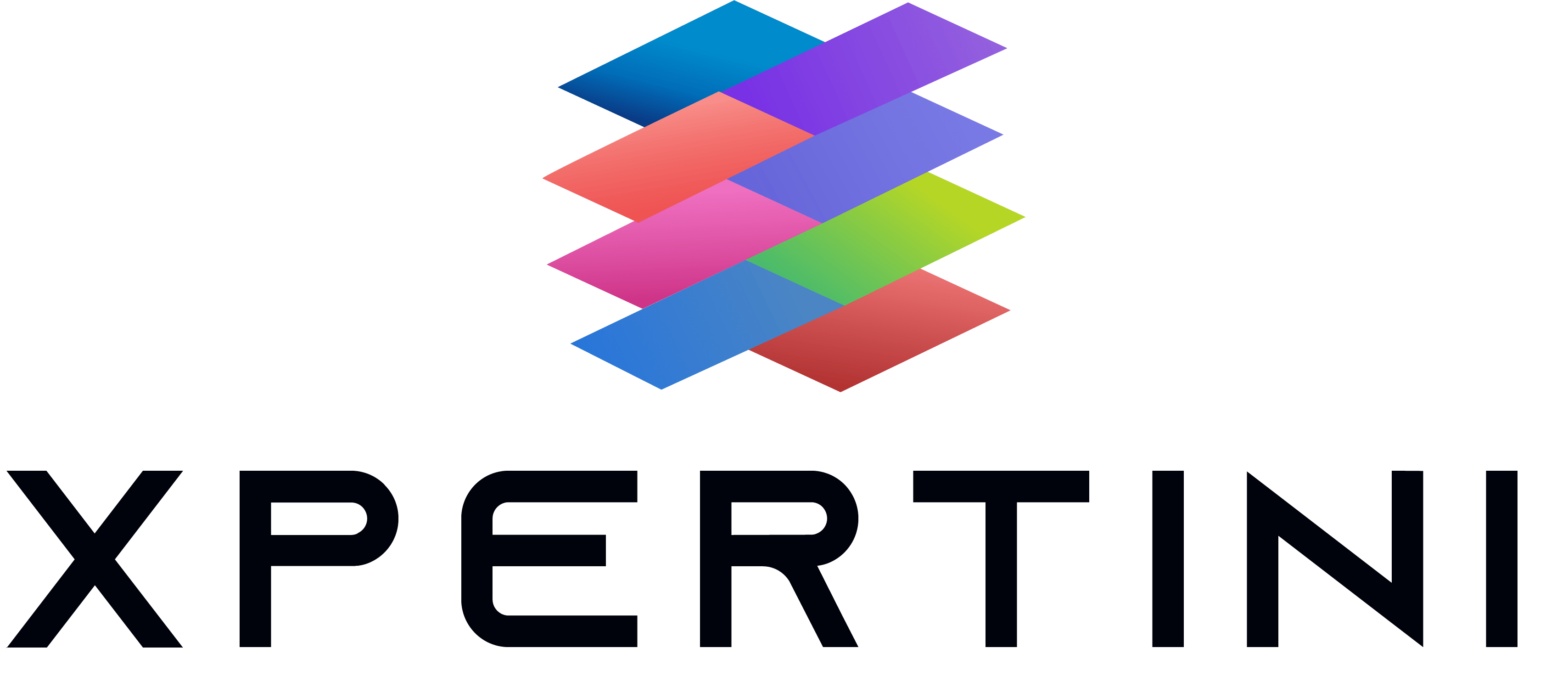Basics of Bioinformatics
Course Summary
In scientific exploration, this course unfolds the fascinating domain of bioinformatics—a discipline that serves as the nexus between biology and information technology. It begins by elucidating the fundamental principles of bioinformatics, delving into its historical roots and the transformative impact it has wielded on biological research. The journey through key milestones, from the era of Sanger sequencing to the current realm of next-generation sequencing, exemplifies the evolution of bioinformatics.
As participants navigate through the course, they will delve into the basics of molecular biology, comprehending the complexities of DNA structure, function, and the diverse roles played by RNA types. An exploration of bioinformatics databases, with a spotlight on major repositories like NCBI, equips learners with the skills to adeptly search for and retrieve biological data. The course further unfolds the world of sequence alignment and analysis, introducing tools for both pairwise and multiple sequence alignment, essential for deciphering complex biological information.
Participants will gain proficiency in gene prediction and analysis, demystifying the mysteries within genomic sequences to discern gene structure and function through bioinformatics tools. The exploration extends to protein structure and function, providing insights into prediction, visualization, and computational methods applied to analyze proteins.
Applications of bioinformatics in healthcare, medicine, agriculture, and biotechnology illuminate the practical relevance of this field. The integration of machine learning techniques into bioinformatics amplifies the course’s contemporary significance, offering an overview of ML in biology and its specific applications within bioinformatics.
In the final segment, the course sheds light on diverse career opportunities within the expansive field of bioinformatics, guiding participants in honing essential skills and strategies for success in research, industry, and academia. This comprehensive journey ensures that participants not only grasp the theoretical foundations of bioinformatics but also acquire practical skills, preparing them for a rewarding career in this rapidly evolving field.
Course Overview
Bioinformatics, the intersection of biology and computer science, revolutionizes our understanding of life. This course dives into the fundamentals, equipping you with the knowledge and skills to navigate this field. Whether you seek a career in bioinformatics or simply desire deeper insights into biology’s digital landscape, this course empowers you to explore the hidden patterns and possibilities within biomolecules.
Course Objectives
Understand key milestones and figures in the historical development of bioinformatics.
Describe the structure and function of DNA, RNA, and proteins.
Understand the role of these biomolecules in cellular processes and genetic information.
Demonstrate an understanding of how molecular biology principles inform bioinformatics analyses.
Understand the functionalities and features of key bioinformatics resources.
Use alignment algorithms to identify similarities and differences in biological sequences.
Utilize bioinformatics tools to analyze gene structures and functions.
Apply computational methods to analyze protein structures.
Understand the relationship between protein structure and function in a bioinformatics context.
Understand the broader societal impact of bioinformatics applications.
Apply computational skills to automate and streamline bioinformatics analyses.
Investigate various career options within the bioinformatics field.
Course Outcomes
Recognize the historical contributions shaping the field of bioinformatics.
Explain the fundamental building blocks of life – DNA, RNA, and proteins.
Utilize basic molecular biology concepts relevant to bioinformatics analysis.
Navigate commonly used bioinformatics databases and resources (e.g., NCBI, EMBL-EBI).
Employ alignment algorithms to compare and analyze biological sequences.
Identify and understand gene structure and function through bioinformatics tools.
Analyze protein structure and function using computational methods.
Explain the potential applications of bioinformatics in various fields (e.g., medicine, agriculture).
Develop essential computational skills for bioinformatics analyses (e.g., scripting languages).
Explore diverse career paths and opportunities in the growing field of bioinformatics.
Course Audience
Individuals with a background in biology or related fields seeking to enter the bioinformatics field.
Individuals with a computer science background interested in applying their skills to biological research.
Undergraduate students exploring potential career paths in STEM fields.
Professionals in various fields seeking to expand their knowledge base with bioinformatics insights.

